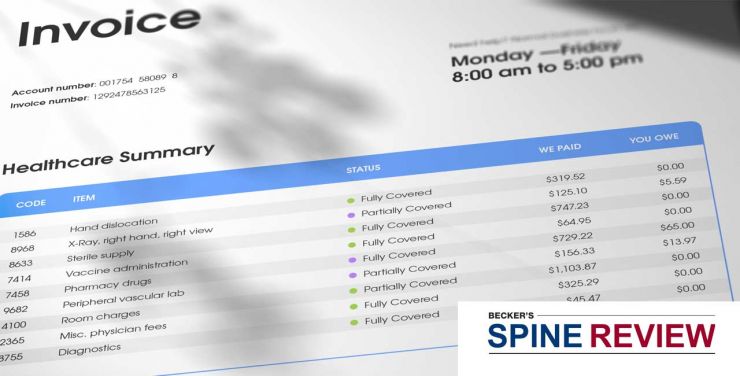Five Barriers: Recruitment and Retention of Revenue Cycle Professionals
Share This Page

The efficiency of a medical practice's billing operations has a critical impact on financial performance. Determining the ultimate gatekeepers of the billing function - whether an in house team or a third party company - is one of your most important decisions. Beyond just tracking a claim, your revenue cycle encompasses all the many steps from when a patient first makes an appointment to the time when there is no longer a balance on that person's account. It includes front-end office tasks like appointment scheduling and insurance eligibility verification; tasks related to clinical care like coding and charge capture; and back office tasks like claims submission, payment posting, statement processing and the management of denied claims. The extent to which your practice has a handle on these steps directly impacts your ability to get paid the full amount you are owed as quickly as possible. Five barriers that could hinder recruitment and retention of revenue cycle professionals include: hiring pitfalls, lack of guidelines, workflow issues, technology and training.
Hiring Pitfalls
Finding professionals that are qualified for your team is the key to retention. The biggest indicators for retention will become apparent during the interview process. After you have identified the vacancy/need, then you should write a job description that pertains directly to revenue cycle. Every member of your staff will have different job responsibilities and duties so it is crucial to outline specifics during the interview process. Hiring a person who is not a fit will add stress and inefficiency to the revenue cycle department.
Lack of Guidelines
Once you have hired members of the staff, the next step is to retain them. Having an employee handbook that outlines policies and guidelines for employment will be helpful. Employees should have a reminder of what is expected from them not only for their benefit but for your benefit as well. In cases where termination is required having a handbook can save you from wrongful termination lawsuits.
Workflow Issues
Your revenue cycle workflow includes the activities within your practice related to billing. Front office tasks like verifying insurance or collecting a co-pay, documentation of the visit using appropriate diagnosis and procedure codes, and activities related to submitting the claim and then managing the collections process are all linked together like a chain. Just one small kink in the chain can throw off your revenue cycle and generally wreak havoc. Having cohesive front and back office billing functions improves revenue because it creates time efficiencies, aids communication, and allows for appropriate oversight of coding and other billing processes.
Technology
Medical providers have long embraced technology as integral to good clinical outcomes, but may not realize its vast potential for a practice's financial performance. Automated patient reminders reduce no-shows and help provider productivity. Insurance eligibility verified electronically can minimize billing delays and denials. Credit card processing of co-pays, deductibles or co-insurance payments at the time of the office visit increases the probability that you'll collect more of a patient's self-pay balance.
Training
Having a well-trained and experienced billing team is perhaps the most important indirect driver of revenue at your practice. Billers and coders who are credentialed and certified from reputable professional associations not only know how to code for the highest revenue and understand best practices about billing that can help you avoid an audit, but also are better informed about important industry that can impact your revenue and operations. Moreover, credentialed professionals can apply advanced principles that are likely to make a true difference in your cash flow, including benchmarking practices, analyzing remittance data to find variances from your payer contracts, and proactively uncovering or reverse-engineering payer rules.
Your reimbursements on claims filed and the money paid out of pocket by patients are the basis of your revenue cycle. The extent to which you effectively manage your payment processes and have a handle on collecting payments that are past due is an indicator of your practice's financial health. While this makes sense intuitively, actual execution of effective revenue cycle management is a challenge to the average practice owner. Not only is the U.S. health care payment system designed to work against you, but you may otherwise lack the time, expertise or internal systems to ensure that you get paid the maximum you are owed as quickly as possible. Having appropriate technology, adequate workflow and experienced billing personnel are important steps on the path toward a prosperous and efficient practice. The more that you can eliminate barriers, the stronger influence you can have over financial outcomes.
